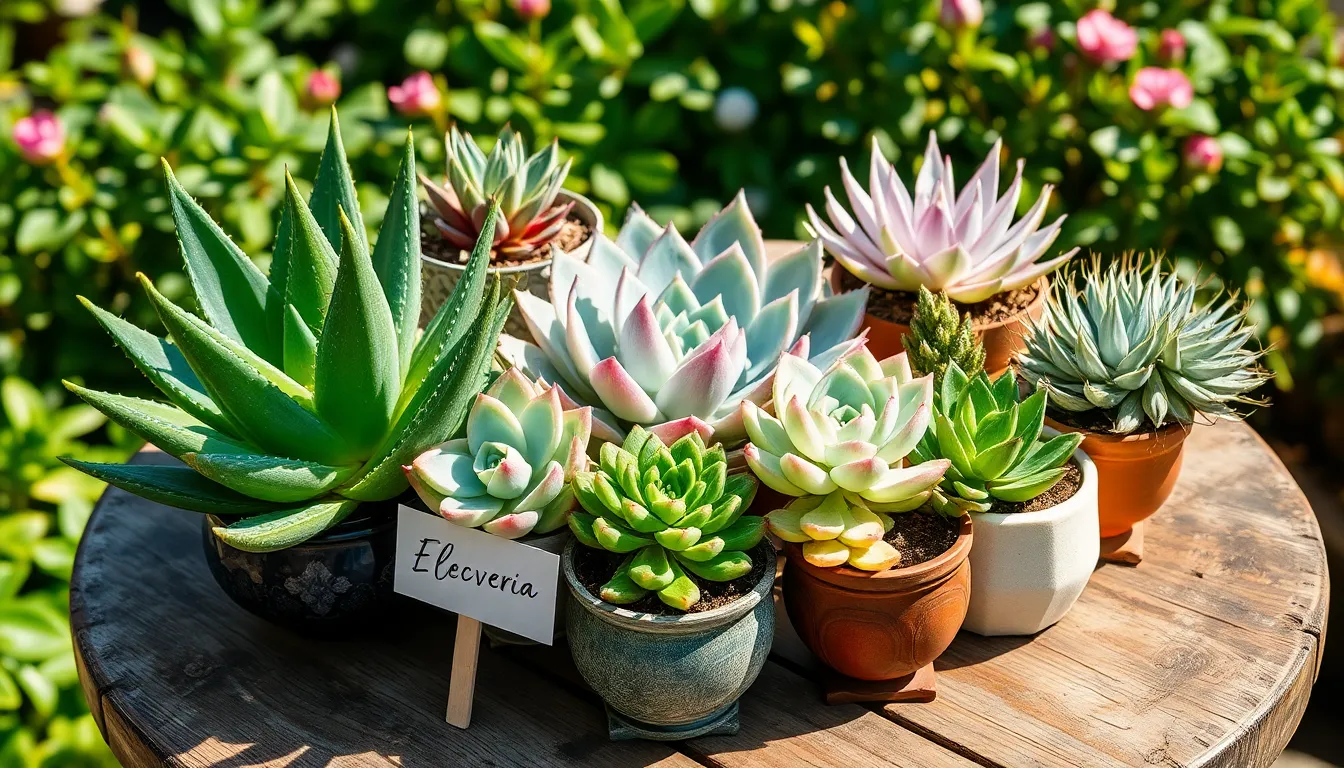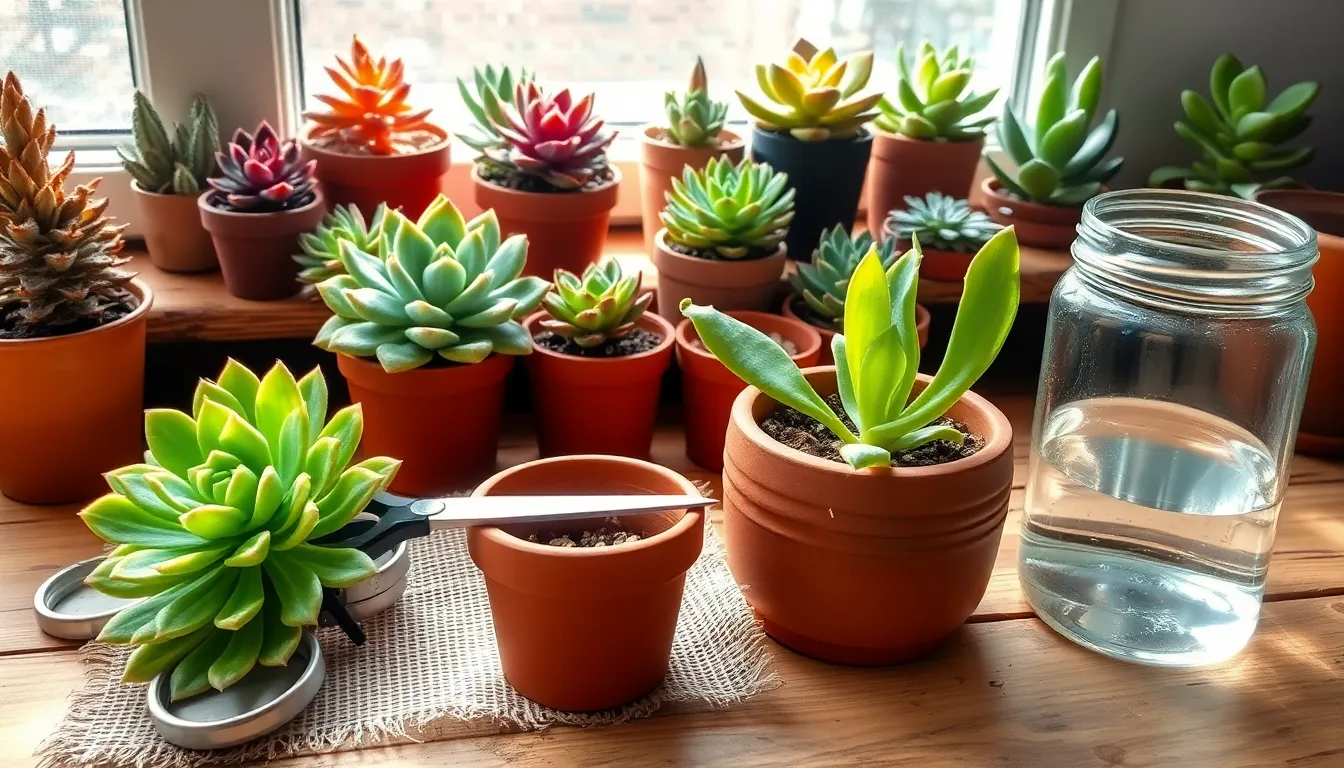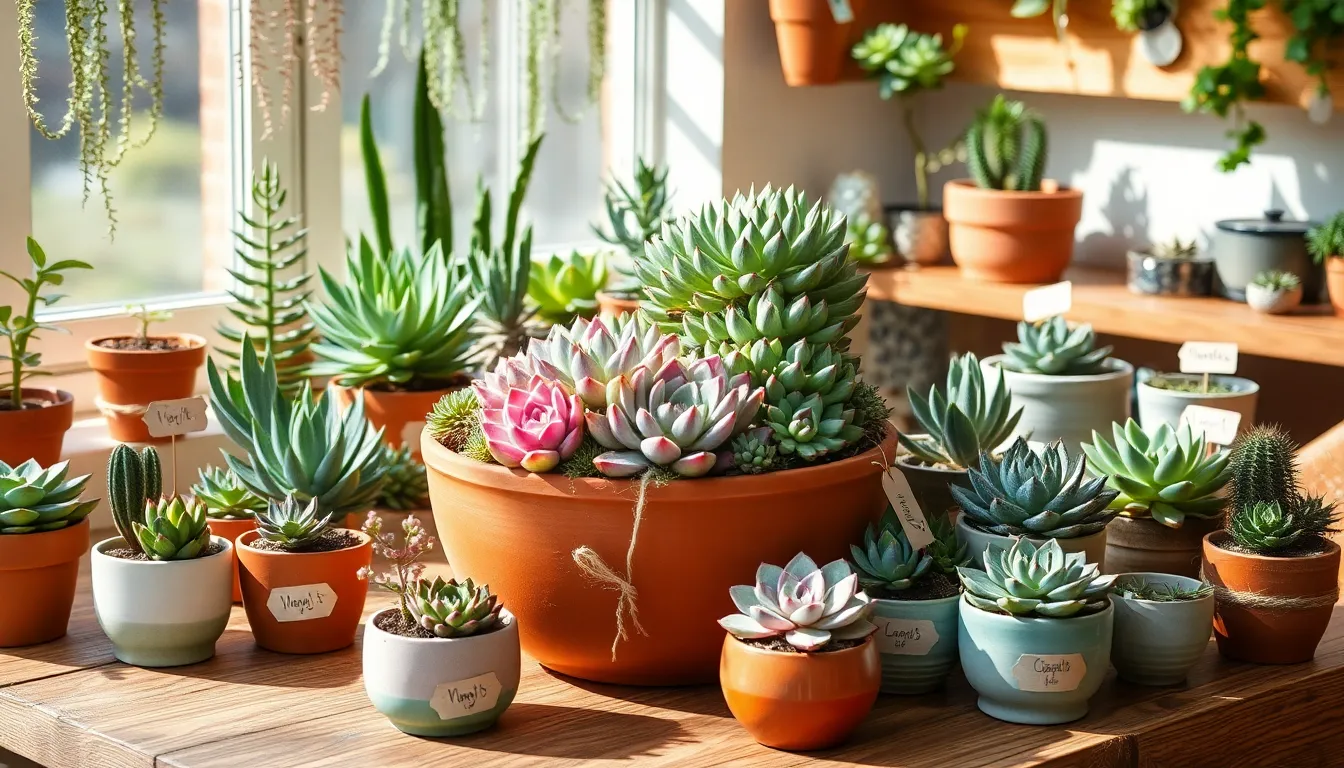In the world of gardening, succulents have carved out a special niche, charming plant enthusiasts with their unique shapes, vibrant colors, and resilient nature. Whether you’re just starting your gardening journey or you’re a seasoned green thumb looking to expand your collection, fast-growing succulents offer an exciting and rewarding challenge. These dynamic plants not only transform your garden space swiftly but also bring a sense of accomplishment as you watch them thrive under your care.
Why fast-growing succulents, you might ask? For beginners, they provide almost instant gratification, turning a patch of soil into a lush, textured landscape in no time. For the seasoned gardener, these plants present an opportunity to experiment with different arrangements and designs, keeping the garden fresh and continually evolving. In this article, you’ll discover seven standout succulents that grow with surprising speed, each offering a unique flair that can enliven any garden setting.
By the end of our exploration, you’ll not only know which succulents to seek out but also how to nurture them for optimal growth and beauty. We’ll delve into easy-to-follow care tips, ensuring that your new leafy companions flourish with minimal fuss. So, grab your gardening gloves and get ready to dig into the delightful world of fast-growing succulents—where your garden can transform before your very eyes.
Understanding Succulent Growth Rates
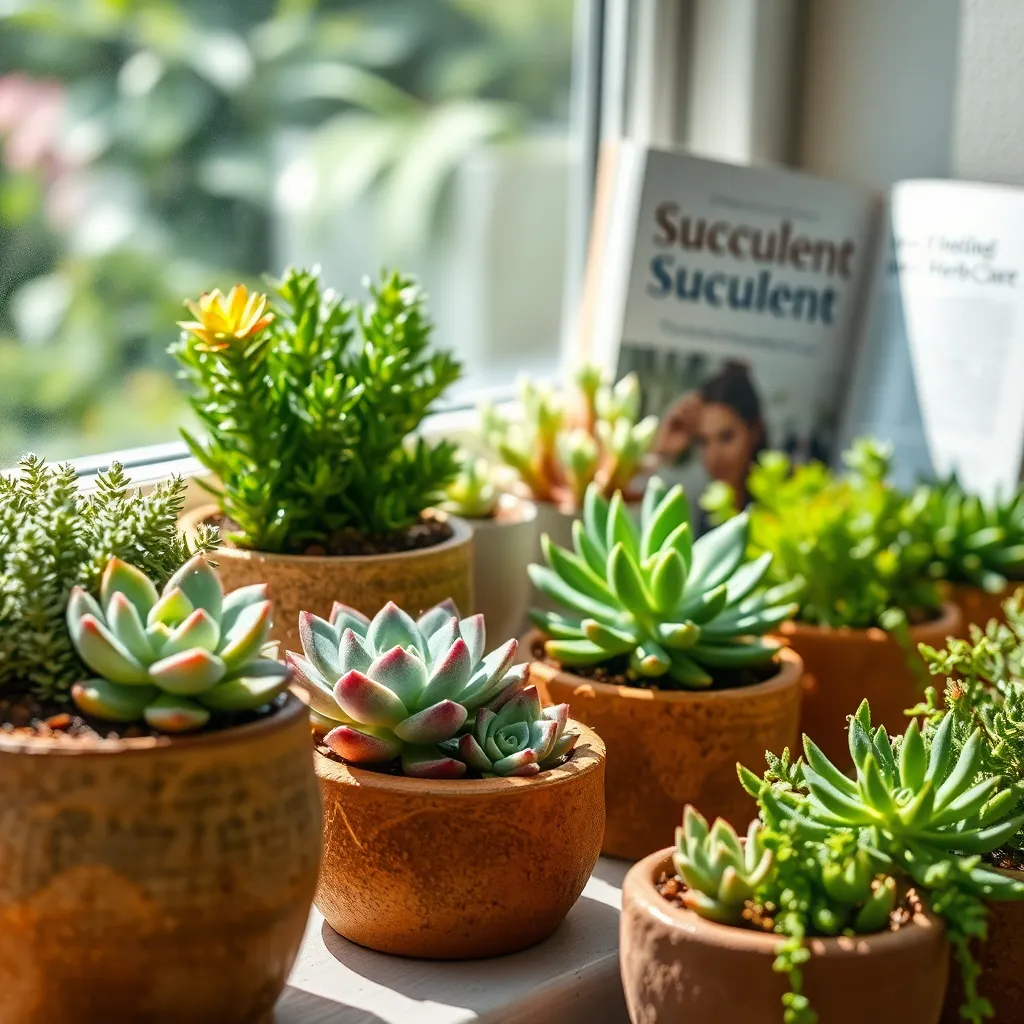
Succulent growth rates can vary significantly based on the species, growing conditions, and care practices. Understanding these factors is key to achieving the lush, thriving succulents you desire in your garden.
Light is a crucial element influencing how quickly succulents grow. Most succulents thrive under bright, indirect light, but some species can tolerate direct sunlight, which can boost their growth.
Soil composition also plays a vital role in succulent health and growth rate. Use a well-draining soil mix, such as one designed specifically for cacti and succulents, to prevent root rot and promote healthy growth.
Watering habits can either accelerate or hinder a succulent’s growth. Allow the soil to dry out completely between waterings, and water deeply but infrequently to mimic their natural desert-like conditions.
For gardeners seeking quicker growth, consider incorporating a diluted, balanced fertilizer during the growing season. A half-strength liquid fertilizer applied once a month can provide the nutrients needed for robust growth.
Patience is also essential when growing succulents, as some species naturally grow slower than others. However, by focusing on optimal light, soil, and watering conditions, you can support the healthiest possible growth for your succulents.
Choosing Fast-Growing Varieties

When choosing fast-growing succulents, consider plants that are well-suited for your climate and light conditions. Aloe vera is a great choice for beginners, thriving in a sunny window or a bright spot outdoors if temperatures are mild.
Ensure your chosen varieties are planted in well-draining soil, as succulents are prone to root rot if left in standing water. A mix of cactus soil and perlite can provide the right balance of drainage and moisture retention.
Consistency in watering is crucial for optimal growth; most succulents will thrive when watered deeply but infrequently. Allow the soil to dry out completely between waterings to mimic their natural arid environment.
For those looking to expand their collection, propagating succulents like jade plants or sedums can be a rewarding experience. Simply take a leaf cutting, let it callous over, and plant it in fresh soil to encourage new growth.
Ideal Potting Mix for Succulents
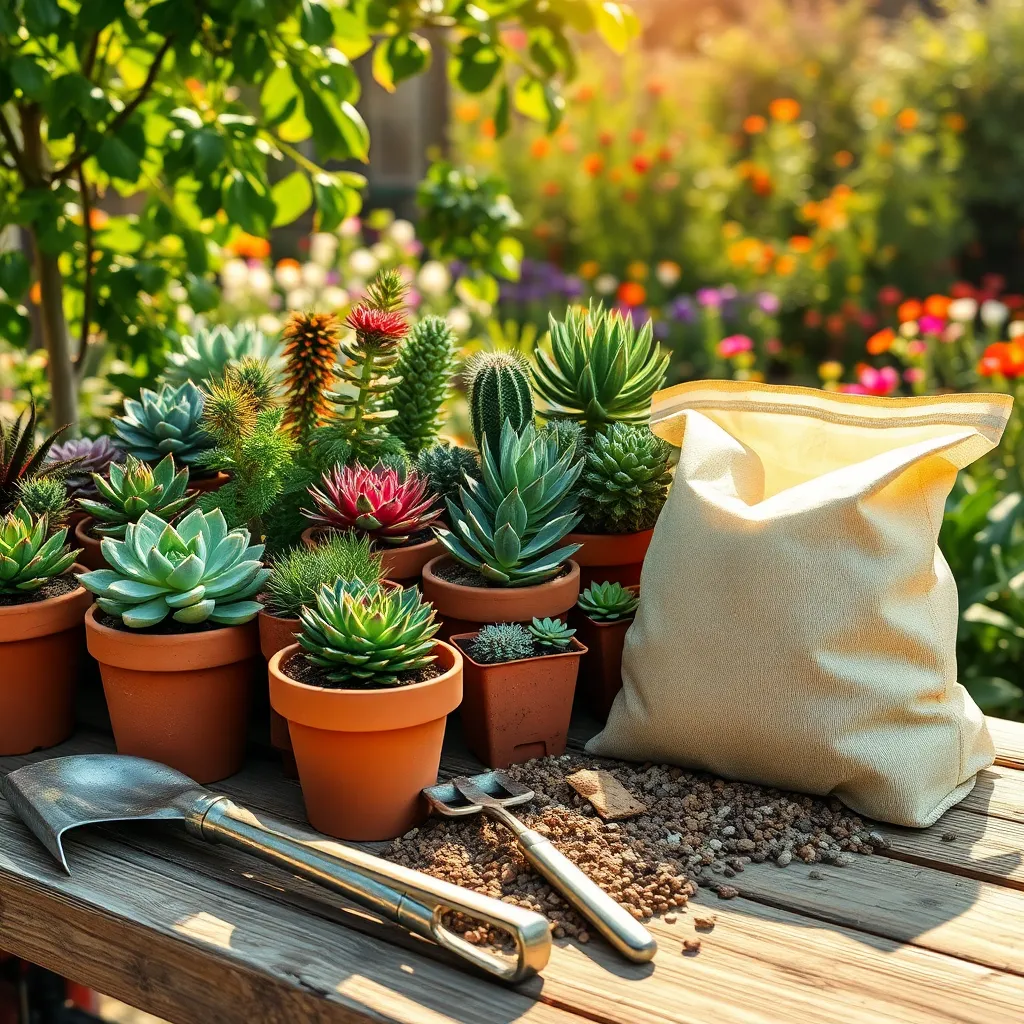
Creating the ideal potting mix for succulents is crucial for their rapid growth and overall health. Succulents prefer a well-draining soil mix to prevent root rot, which can occur in overly moist conditions.
Begin with a commercial cactus or succulent soil mix, which is readily available and specifically formulated for these plants. You can enhance this mix by adding extra drainage elements like perlite, coarse sand, or pumice.
For those who enjoy DIY projects, consider making your own potting mix by combining equal parts of potting soil, coarse sand, and perlite. This custom blend provides the perfect balance of drainage and nutrition for your succulents.
Watering is a critical aspect when using a potting mix with excellent drainage. Ensure you water thoroughly but infrequently, allowing the soil to dry out completely between waterings to emulate the plant’s natural arid environment.
Advanced gardeners might experiment with adding a small amount of crushed charcoal to the mix. This can help with odor control and soil aeration, benefiting succulents kept indoors.
Sunlight Needs for Rapid Growth
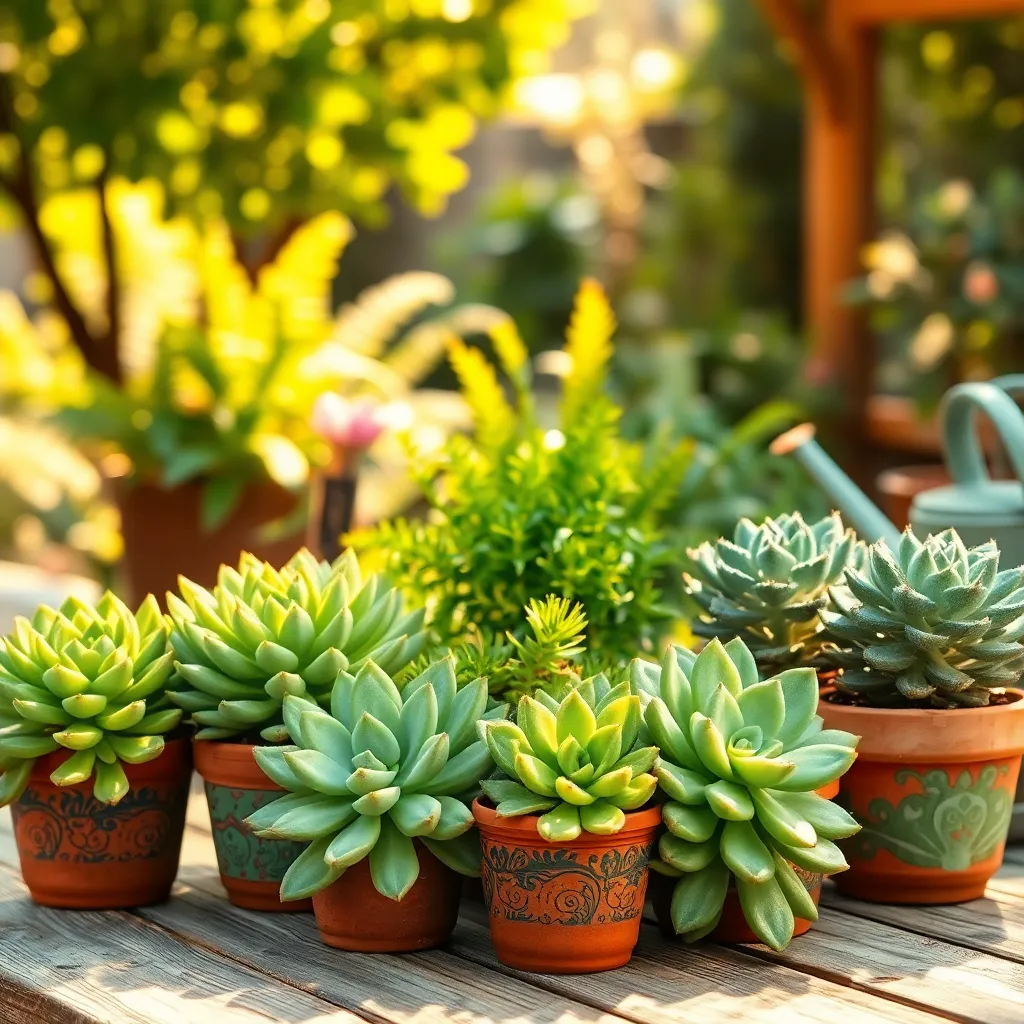
Succulents thrive when they receive the right amount of sunlight, which is crucial for their rapid growth. Most fast-growing succulents require at least 4 to 6 hours of bright, indirect sunlight daily to maintain their vibrant colors and robust structure.
Position your succulents near a south-facing window to provide ample light, especially during the morning hours when the sun is less intense. If natural light is limited, consider supplementing with a full-spectrum grow light to ensure your succulents get the light they need.
For beginners, monitor your plants closely for signs of too much or too little sun, such as leaf burn or stretching. Rotate your pots every few weeks to ensure even growth and prevent succulents from leaning towards the light source.
Advanced gardeners can experiment with light levels to enhance growth rates and color development. Use a light meter to measure the intensity of sunlight your plants receive and adjust their placement accordingly.
Efficient Watering Practices
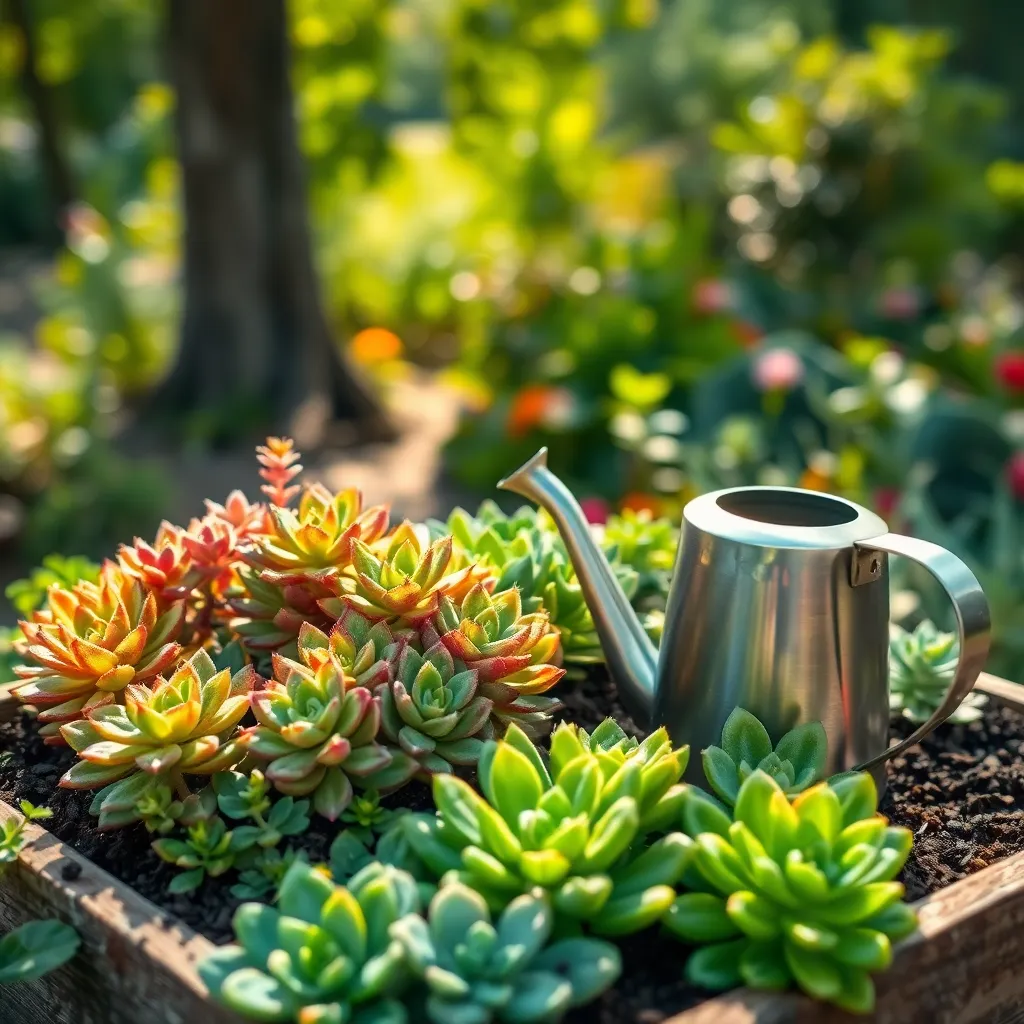
Watering succulents efficiently is key to ensuring their rapid growth and overall health. These plants are designed to thrive in dry environments, so it’s crucial to avoid overwatering. Allow the soil to dry out completely between waterings to prevent root rot, which is a common issue among succulent growers. To check if your succulent needs water, insert your finger about an inch into the soil; if it feels dry, it’s time to water.
Consider the type of soil you use, as it plays a significant role in how water is retained. A well-draining soil mix, often composed of a blend of cactus soil and perlite or coarse sand, is ideal for succulents. This ensures excellent drainage and reduces the risk of waterlogged roots, which can be detrimental to the plant’s health. Beginners should aim to water their succulents every 1-2 weeks, adjusting based on humidity and temperature changes.
For more advanced care, consider the use of terracotta pots, which naturally wick away moisture and help regulate soil moisture levels. When watering, ensure that the water flows freely through the drainage holes, indicating that it has reached the roots. Watering in the morning is recommended, as it allows any excess moisture on the leaves to evaporate with the day’s warmth, reducing the risk of fungal diseases.
For those in particularly hot or dry climates, you might need to water more frequently, but always let the soil be your guide. An effective technique is the “soak and dry” method, where you water thoroughly and then wait until the soil is completely dry before watering again. By closely observing your plant and adjusting your practices accordingly, you’ll ensure your succulents grow quickly and remain healthy.
Nutrient Boosters for Succulents
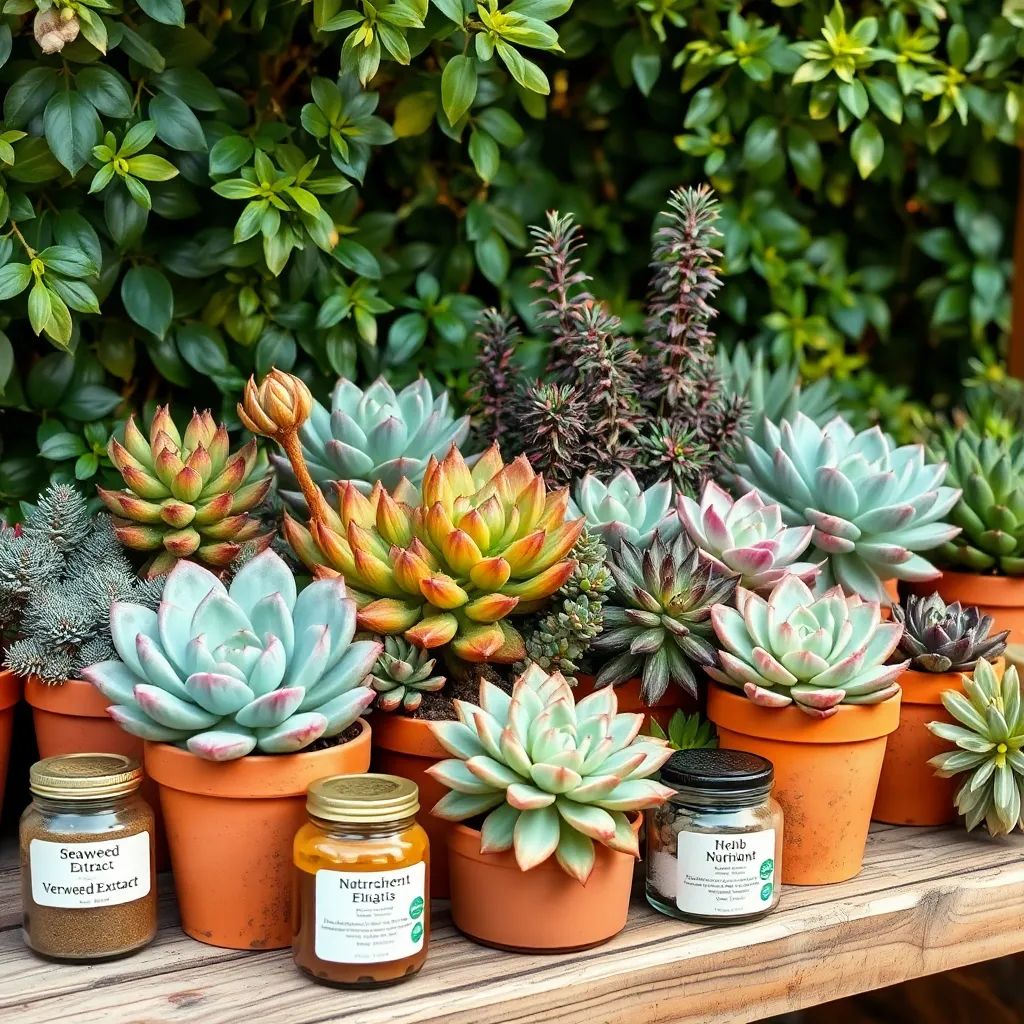
Succulents are known for their low-maintenance nature, but they still benefit from occasional nutrient boosts. Using the right fertilizer can significantly enhance their growth and overall health.
Start by selecting a balanced, water-soluble fertilizer with a low nitrogen content, such as a 2-7-7 NPK formula. This will support strong root development without promoting excessive foliage growth.
Apply the fertilizer at half the recommended strength to avoid over-fertilizing, which can harm succulents. Fertilize during the active growing season in spring and summer, typically once a month is sufficient.
For those seeking an organic option, consider using compost tea or diluted fish emulsion as a gentle, nutrient-rich alternative. These options can help improve soil quality and provide essential nutrients without the risk of chemical build-up.
Always ensure your succulents have adequate drainage, as nutrient build-up can occur in poorly draining soil. Use a well-draining cactus mix to help prevent root rot and support optimal nutrient uptake.
Managing Pests and Diseases
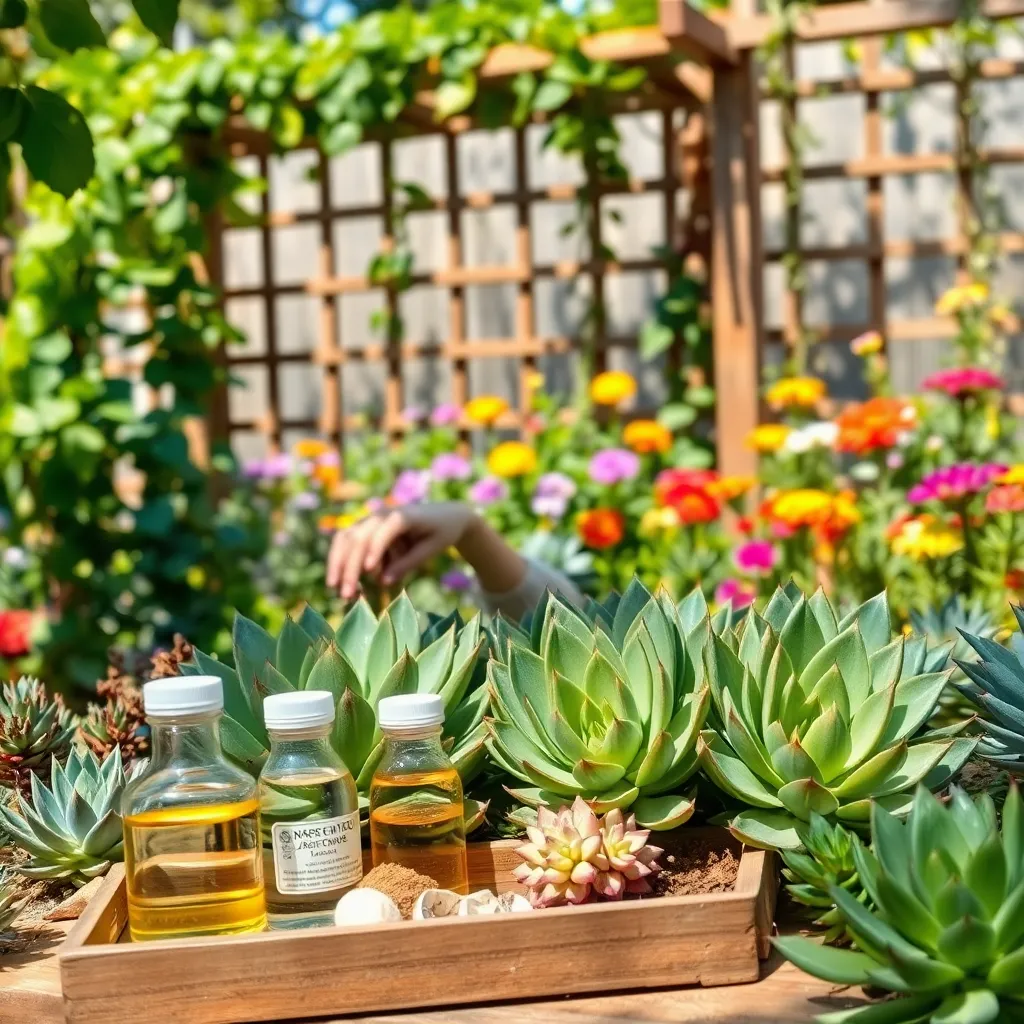
Effective pest and disease management is crucial for maintaining the health of your fast-growing succulents. Begin by regularly inspecting your plants for any signs of trouble, such as discolored leaves or unusual spots, as early detection is key.
When dealing with pests like aphids or mealybugs, gently wipe affected areas with a cotton swab dipped in isopropyl alcohol. For a more natural approach, consider using a homemade solution of water and a few drops of mild dish soap to spray on the pests.
Fungal diseases can be particularly troublesome if succulents are overwatered or exposed to high humidity. Ensure your succulents are planted in well-draining soil, such as a cactus mix, to prevent waterlogged conditions that encourage fungal growth.
Advanced growers might consider rotating their succulents to ensure even light exposure, which helps strengthen the plants and makes them more resistant to diseases. Additionally, you can boost your succulents’ immunity by ensuring they receive adequate sunlight, ideally 4 to 6 hours of indirect light per day.
Conclusion: Growing Success with These Plants
In exploring the ‘7 Fast-Growing Succulents to Try,’ we’ve uncovered a garden of relationship insights. Each succulent symbolizes a unique relational trait: resilience, adaptability, nurturing, patience, growth, communication, and balance. Just as these plants thrive with mindful care, so too can your relationships flourish with intentionality and effort. Begin by nurturing resilience and adaptability within your connections, much like the hardy succulents that thrive in diverse environments. Practice the art of patience and communication, ensuring that your relationships are well-watered with understanding and empathy.
As a next step, choose one relational trait to focus on this week. Perhaps it’s enhancing communication through active listening or fostering growth by setting shared goals. By dedicating time and effort, you’ll see your relationships blossom in unexpected ways. Remember, relationships are like gardens—requiring consistent care and attention.
Don’t forget to save or bookmark this article as an invaluable resource on your journey toward relationship success. Revisit these concepts regularly to remind yourself of the nurturing steps needed to cultivate thriving connections. As you apply these principles, envision a future where each relationship in your life is as vibrant and enduring as the succulents you admire. Your commitment today sows the seeds for tomorrow’s flourishing bonds.

